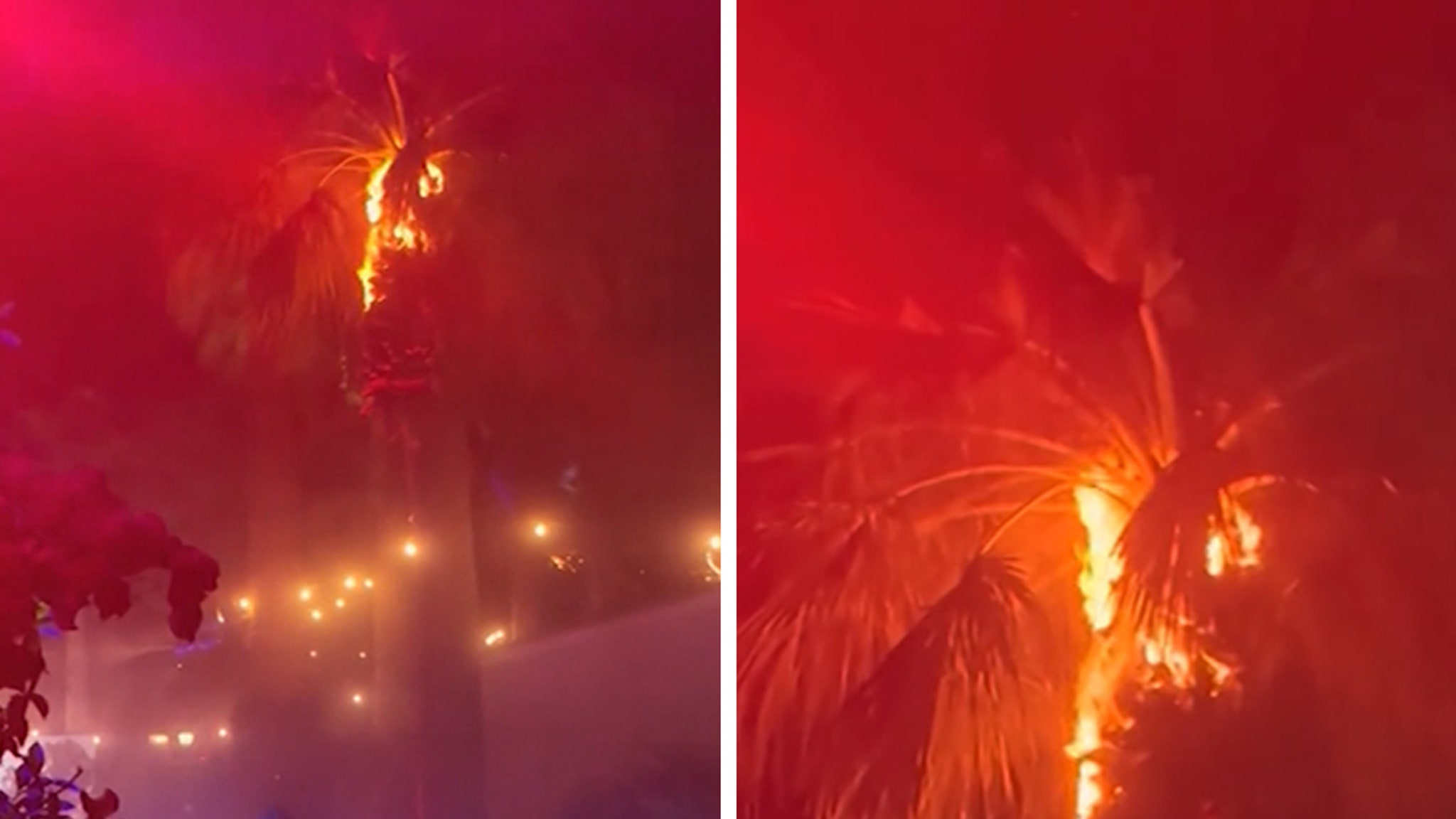Eric Puchner’s new novel, Dream State, follows a group of friends, Charlie, Garrett, and Charlie’s fiancée Cece, from their college days to the end of their long lives.
The story opens with Cece staying in Charlie’s parents’ home in Montana to make wedding preparations while Charlie remains with his medical practice in California. On a walk by the nearby lake, Cece encounters Garrett for the first time, and their maddening hike and ensuing encounters are, to say the least, intense and adversarial – especially as to Garrett’s negative views on a variety of social institutions, including, especially, marriage.
Puchner’s story develops at an unhurried pace—so unhurried that, along the way, the reader might ask where this long story is heading. It becomes apparent that the novel does not follow the traditional pyramidal plot template: plot points rise toward an overarching narrative climax and then resolve.
In Dream State, dramatic plot points bob upon a flat-line surface rather than rising, reflecting the rhythm inherent in actual human life. The principal characters’ lives comprise tentpole events—college antics and camaraderie, romantic developments, offspring, careers, aging, illness, and death—each portrayed with keen insight.
This issue of plot structure may be a question of scale. Writing within the scale of the short story form (Eric Puchner has published two short story collections in addition to a previous novel) is very different from writing at the scale of the novel. Perhaps Dream State, as a compilation of beautifully crafted set pieces or extensive vignettes, might be viewed through the lens of interlocking short stories.
There are innumerable dramatic moments, each vividly written with illuminating perspective and following on the heels of its predecessor. Puchner has, as the saying goes, a way with words. His omniscient narrator offers blade-sharp descriptions, observations, and dialogue, especially internal dialogue, that go right to the heart of the matter in unexpected ways.
In vignette after vignette, the narrator draws the reader along in an insightful and often very funny manner. The author handles major leaps in time, at some points embedded deep within a paragraph, without causing the reader confusion. The narrator also provides detailed descriptions of niche expertise, including advanced skiing techniques, the technology of fighting wildfires, and even – and at length – the tracking of wolverines in the wilderness. The author’s stark description of a remote and squalid cult is unforgettable.
Apart from the plot points constituting a horizontal storyline without overall rising action, another issue is within Dream State‘s throughline itself. The tale takes a shocking turn in the immediate aftermath of Cece’s wedding to Charlie, a plot twist informing the remainder of the narrative.
There is a common creative writing axiom that a shocking turn of events in the plot should, as it unfolds,surprisethe reader and yet, in retrospect, be seen asinevitable. This is a most difficult task of craft—the “inevitability of the surprising” requires the author to lay a sufficient yet subtle foundation for it—a bit of writerly sleight-of-hand. This is a good example of how narrative realism differs from actual reality.
In the case of the surprise that generates the Dream State plot, one may question whether the laying of the foundation is adequate to rationalize the shock. The lead-up, including a jarring moment immediately prior to Cece’s wedding ceremony that shows her deep disdain for Garrett, appears so diametrically opposed to what ensues that even an intense midnight email that serves as the fulcrum of the plot twist seems insufficient.
However, as significant as these structural issues might be, they are countered by the strength of Eric Puchner’s writing and the significance of Dream State‘s theme as reflected in its title. What is the “dream state” that the author intends? The thematic motto, repeated by the narrator, is presented:
“On the way home, she passed another one of those cleanup trucks … They were everywhere. A slogan was written acrossthe barn doors of the van – LIKE IT NEVER EVEN HAPPENED.”
After all of the fraught human relationships and subterfuge, the guilt, the betrayals and sad reunions, the forgiveness, real or feigned, the dementia of the old and the dead-end lives of the young – and even the destruction of the physical setting that was intensely important to the characters over the course of decades – what we learn from Dream State is that, in the end, nothing really matters.
Dream State mirrors real life where there is generally no rising action leading to an overarching, dramatic climax. Even as to marriage, we are told, the characters “took the lullaby of unexciting days and called it happiness.”Eric Puchner’s interesting characters roll along, interact, work, strive, fail, betray and forgive (or not) in a stream of artfully rendered moments.
In real life, it is said that people are seldom remembered after three generations. Relationships evolve and roil before the real or fictional players leave the stage, and, like the beautiful landscape itself, they dissolve like they never even happened.
In Eric Puchner’s worthy novel, life is but a dream state.
<!–
–>
